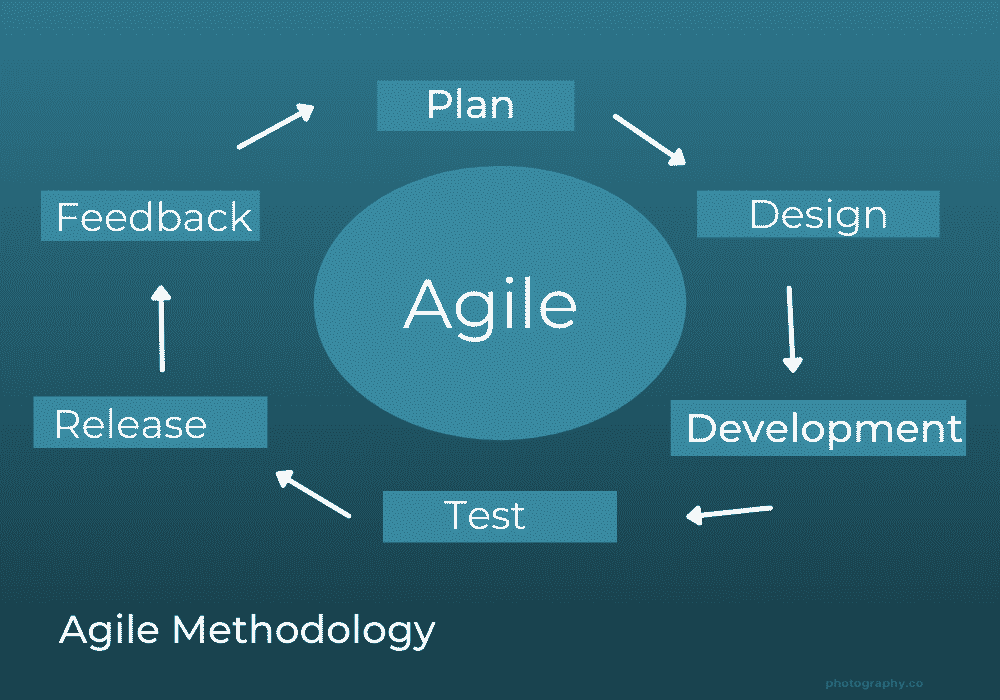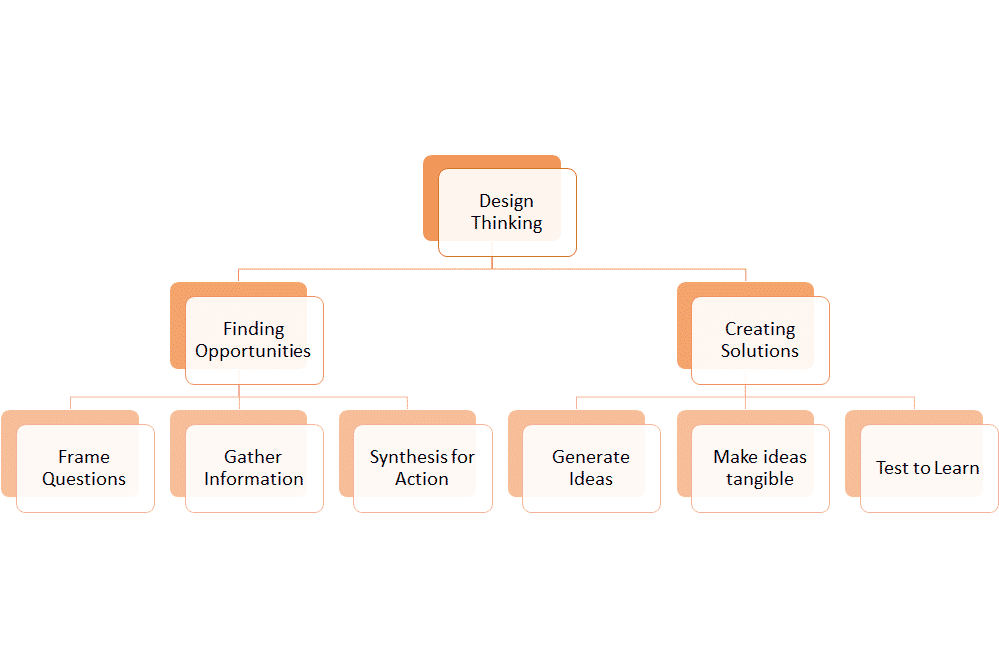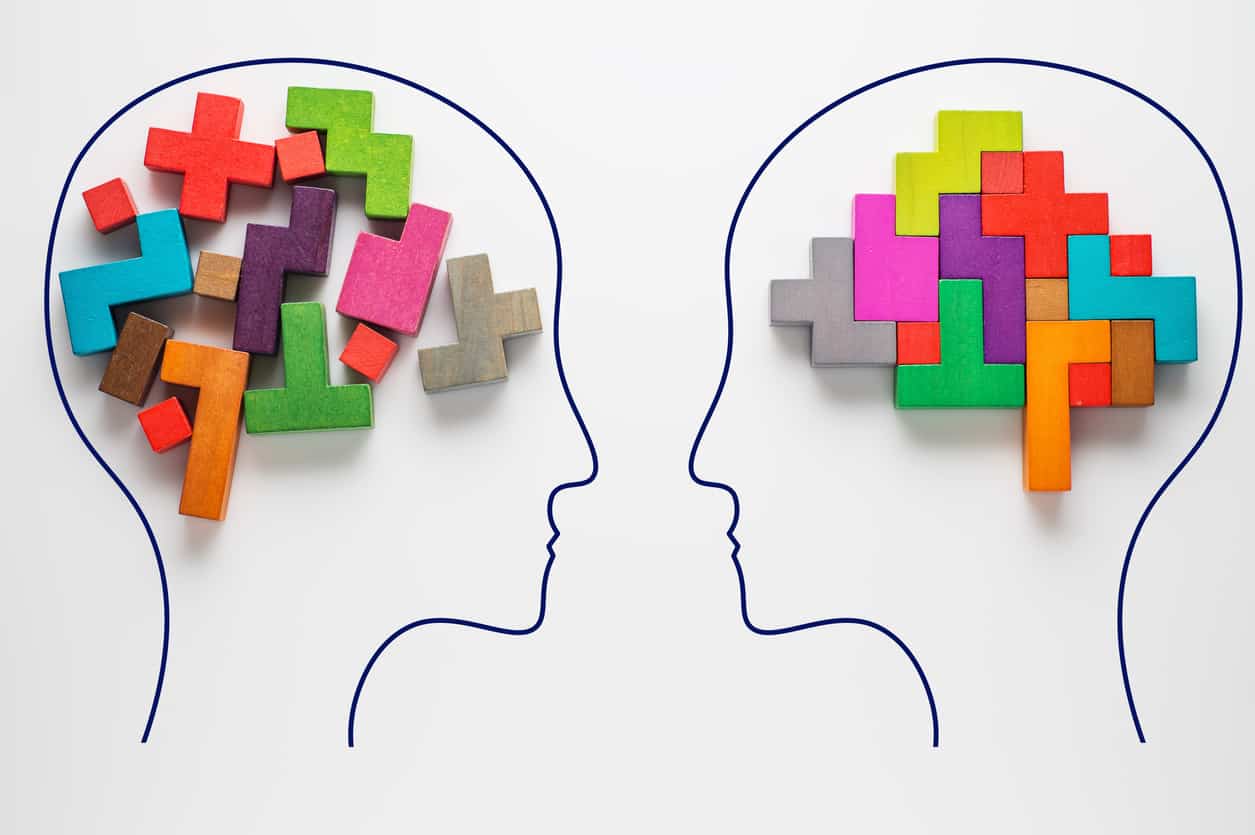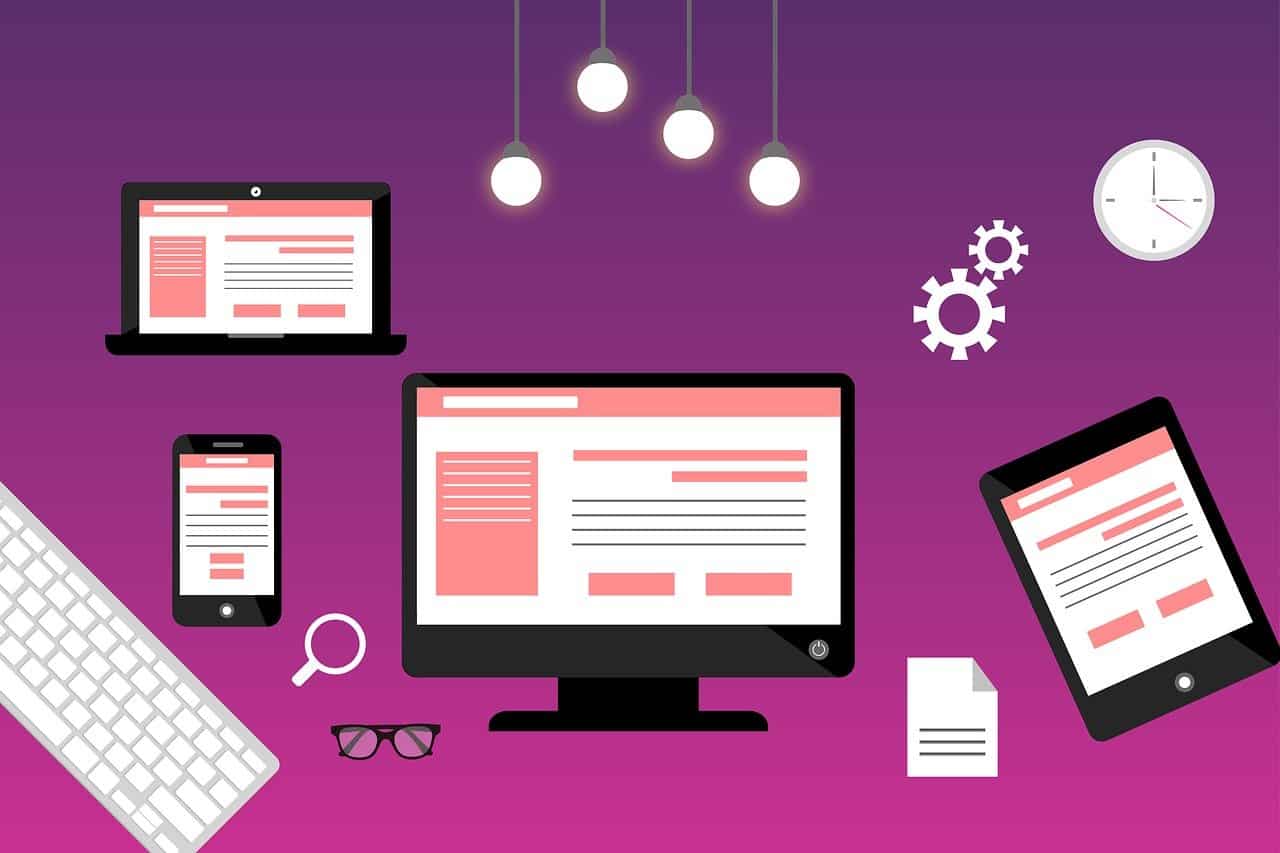Organizations who are looking at incorporating customer-centric strategies often stumble upon two concepts; Design Thinking and Agile Methodology. Design thinking, in simple words, is nothing but a set of tools and a philosophy used to help solve problems creatively. Agile methodology, on the other hand, can be defined as a project management process in which a project is broken down into a number of phases and is assigned to be done by a team.
- What is Agile?
- An Introduction to Design Thinking
- Is there a connection? Do they both follow the same path?
- Ten Best Design thinking Process Models
What is Agile?
Agile as defined in software development, is a cluster of practices single lined on improving the effectiveness of teams, organisations and software development professionals. It is one of the most simple and effective practices that is used to transform business requirements into a software solution.
In simple terms, Agile methodology is the ability to move quickly. Thus, making a small change quickly and learning from it. Today, almost all software development fields are making use of Agile in their day-to-day activities.
Additional Reading: What is Agile Methodology?

An Introduction to Design Thinking
Design thinking uses a six step process that forms a framework that helps in customer engagement, driving creativity and ideating solutions to solve complex problems.

This six step process can be further divided into two parts:
- Finding opportunities
- Creating solutions
Finding opportunities
Frame a question – Identify the right problem that needs a solution.
Gather information – Inspire a new thought process to get to know what the need is for.
Synthesis for action – Understand the importance of the information collected to come up with a feasible solution to solve the problem.
Creating solutions
Generate ideas – Strive past commonly used solutions to explore creative methods.
Make ideas tangible– Work on a framework to give life to the methods you explore.
Test to learn – Use your methods to solve problems in your market and take note of the outcomes it brings your way.
Design thinking, just like Agile, is a process that fuels its growth on customer feedback. A customer in general, plays the role of a collaborator, who facilitates the further steps of growth in a process.
Is there a connection? Do they both follow the same path?
Agile as a method can only be used to solve predefined problems, whereas Design thinking, on the other hand, focuses primarily on choosing the right problems that could use a solution. This simply means, users with the help of design thinking, can now choose the paths they want to pursue, rather than just focusing on how to get to a given path.
Unlike Agile, that can only be used to improve the software a user builds. Design thinking can simply be used by anyone exploring the path to finding a solution to any given complex problem.
Agile as a process becomes dysfunctional when there is less or no user engagement. While Design thinking, in hindsight, learns the needs and wants of a user by simply listening to what they say and by reading mannerisms in their behavior.
Well long story short, is design thinking the best among all processes that can be used to find solutions to a given problem?
As understood from the data given so far it certainly can be believed so. However, these two methods work wonders, while they are used in tandem, they potentially can help an organization in becoming more customer centric and innovative in their line of thought.
How, you ask?
When companies decide to build a product, the initial stages that follow thereafter, will not necessarily give them a good understanding of how their product should be designed or produced, in some cases not even simple details of the target audience they are looking to cater to. Design thinking in this case, can be used to get the ball rolling.
With the help of multiple processes in this concept, a company can seamlessly learn about the needs, wants and desires of any given group of customers. In short, simply help in building a minimum viable concept.
Agile methodology thereafter can be used to build the concept in small iterations using the Agile way of working. Thereby allowing the company to deliver a minimum viable product or in other a prototype to their customers, as an attempt to gain a word of feedback from them. Once feedback is received from the customer, changes and additions in terms of functionalities until the customer is satisfied and content to use the product to the best of its kind.
Ten Best Design thinking process models
1. The 3i Model of IDEO- Ideo is a renowned international firm by David Kelly in 2008. The 3i Model, designed by the firm seamlessly captures the essence of Design thinking. The three main components covered here are namely, Inspiration – to understand people, Ideation – to generate ideas and implementation.
2. The Google Design Sprint – A Model in which all the steps are implemented in 5 days. A design sprint developed by Jake Knapp at Google in 2010. The five day sprint includes steps such as – Understand, Diverge, Decide, Prototype and Validate.
3. AC4D DT Model- This model developed by the Austin Centre of Design uses a 3 step model. Ethnography, Synthesis and Prototyping.
4. DEEP DT Model – A model that follows a human centre approach to being through Creating, Learning and Being. In other words DEEP is an acronym for Desire, Empathise, Experiment and Produce developed by Mary Cantwell.
5. User Centred Design by SAP- The German design ERP form uses a 5 step model, for user centred design as they claim it be. Plan, Research, Design Adapt and Measure. The addition here is the measure aspect.
6. DT British Design Council – Double Diamond process of 4 Divergence and Convergence phases. The four phases are Understand, Define, Explore and Create.
7. DT Model D School Paris Est – The model uses 3 steps in its design thinking process, which includes steps Inspiration, Ideation and Implementation. The process is further worked out into 9 sub-steps. Understand, Observe, POV, Ideate, Prototype, Test, Story Telling, Pilot and Business Model.
8. Design Thinking for Schools- This model includes steps such as Empathise, Define, Ideate, Prototype, Test and Repeat. The model is ideal for schools and other educational organisations.
9. The E6 DT Model – The model covers a wide range of aspects such as Extension, Explosions, Elaboration, Experimentation, Empathy and Emergence.
All these models, if learned and implemented well, are sure to double your innovation effectiveness. Agile methodology on the other hand also has a number of models that can help you improve your organization’s project management skills while pursuing a project. If you wish to learn more about design thinking, enroll in the Design Thinking Course and upskill today.







